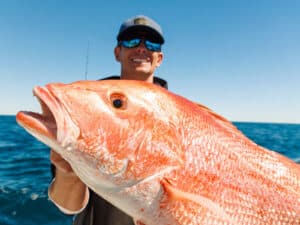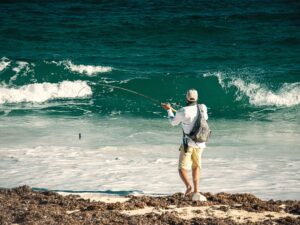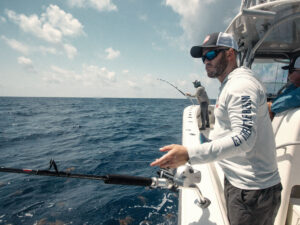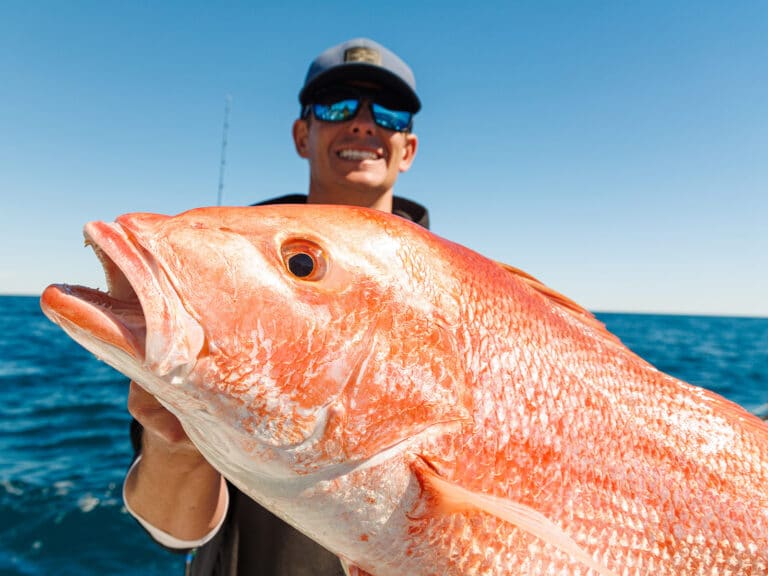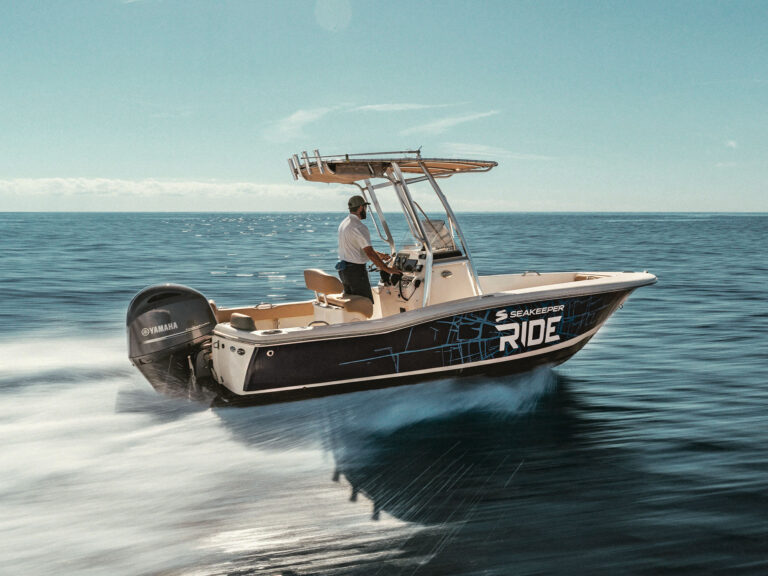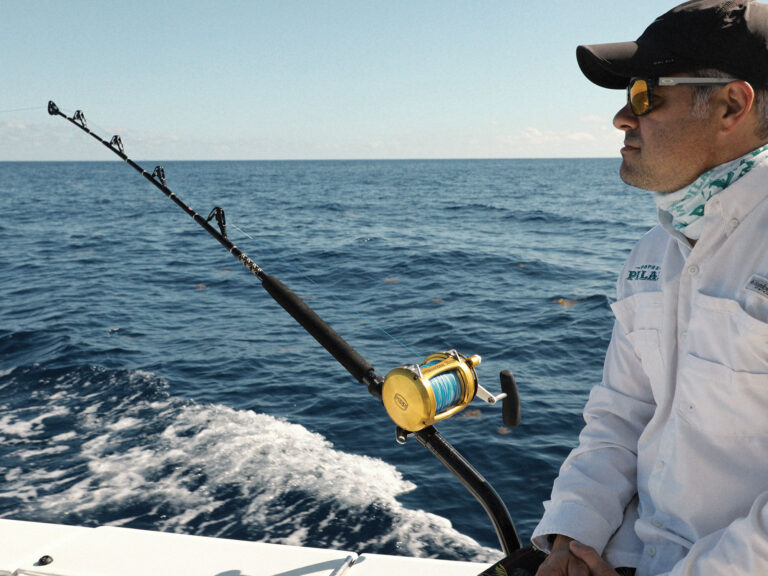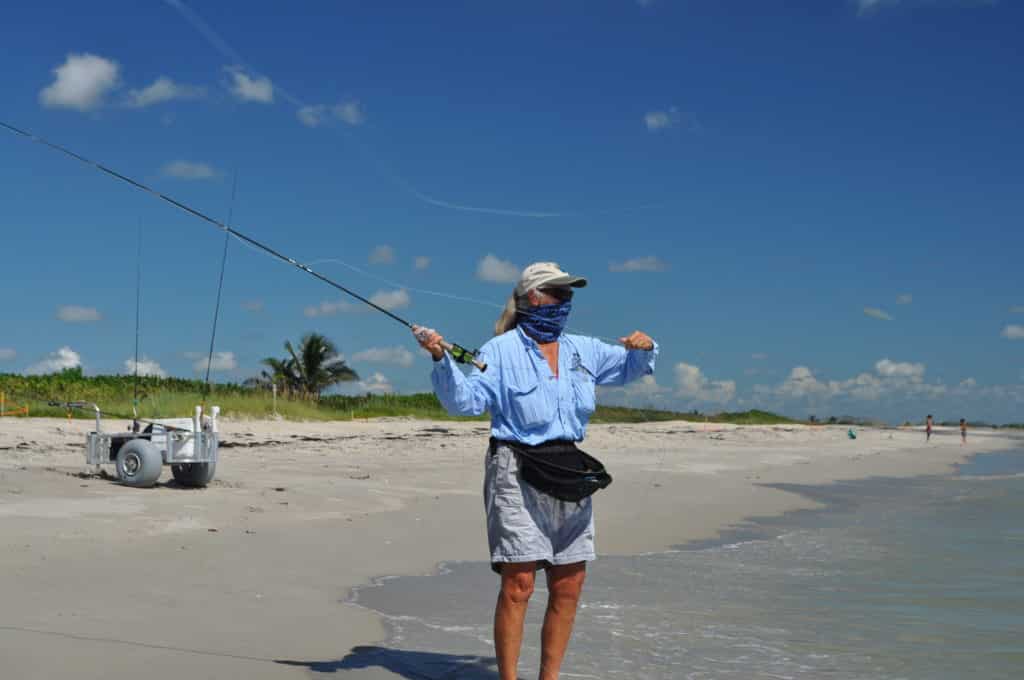
If I had a dollar for every time a fly fisher has asked me which rod size is best for fly fishing, I would have enough dough to buy a whole new quiver of rods. And you can bet there would be several 8- and 9-weights among them. If restricted to just one rod, I would have to pick a 9-weight. But also having an 8-weight is a great asset, so let’s talk about both.
First, I should point out that you’re bound to detect a noticeable difference in one manufacturer’s 9-weight over another’s. In fact, some 9-weights might feel like another brand’s 8-weight, and vice versa. Any two 9-weight rods of equal length will cast a 9-weight line well, but understand that the rod tapers may differ. Thus, one may load better for short casts, while another is able to carry more line in the air and excels at casting longer distances. But rather than get caught up in this, let’s concentrate on the overall utility of the two rods mentioned.
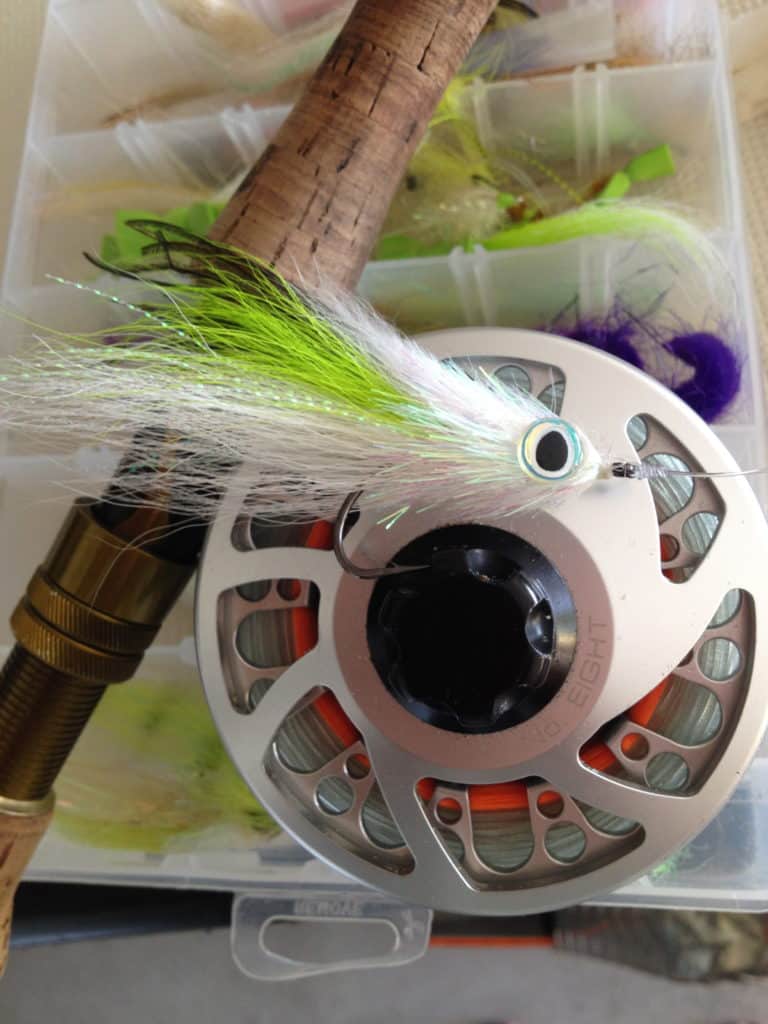
THE 9-WEIGHT
If much of your fly fishing includes casting, poppers or bulky hair bugs and streamers, you’ll want a 9-weight as your primary outfit. It usually provides enough muscle — but not always. I do quite a bit of snook fishing and my 9 is ideal, whether I am fishing backcountry creeks with mangrove cover, around bridges at night, or in the surf. I over-line by one size to help the rod load better if the situation calls for casts of less than 40 feet. And I might scale up to a 10-weight rod if the bridge fish are on the big side, or if there are tarpon around.
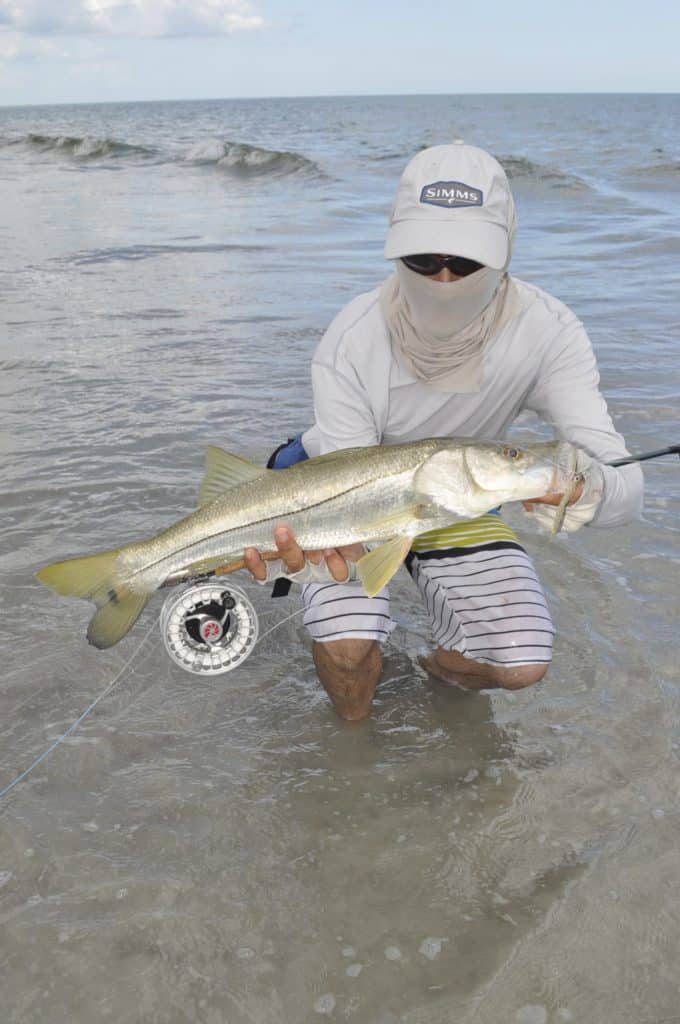
My preferred creek flies are often large, tied on 1/0 or 2/0 hooks, as are most of my bridge dredging flies. In the surf, the bigger snook like big streamers tied on those same hooks. With an 8-weight, I’d be under-gunned when trying to stop strong linesiders from breaking off on bridge and dock pilings, and while many fly fishers go down to 7- and 8-weights for sport when fishing dock lights, trust me, a 9-weight is a blessing whenever the bigger fish show up.
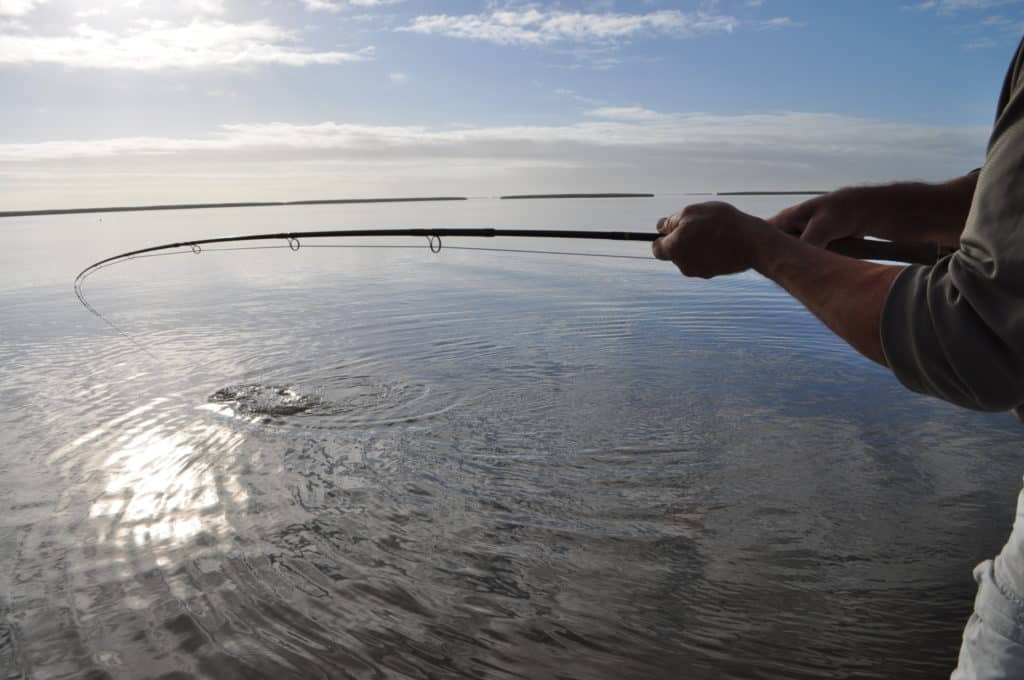
I own two short 9-weights — an 8-footer and an 8-foot, 3-incher — that are both great for fishing in tight quarters and making short casts under mangroves and bridges. They are both superb fighting rods, as their shorter length affords me more leverage. For longer casts like I need to make in the surf, however, I prefer a 9-footer.
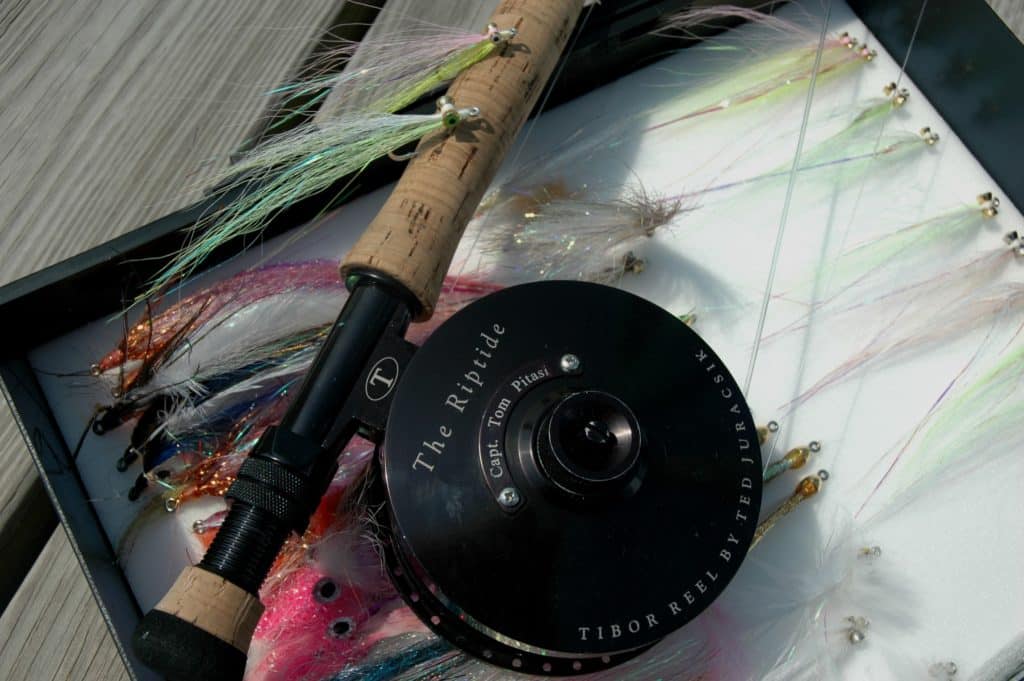
For tarpon up to 40 pounds or so, I also like a 9-weight, and it even has a place offshore, when targeting false albacore, though my 10-weight is a better choice for the 12-plus-pounders we frequently encounter in Florida waters. A 9-weight is also a terrific rod for schoolie dolphin (mahi) — fish up to 10 pounds or so. And while big Spanish mackerel in a chum line can certainly be landed with lighter rods, I tend to chuck heavily weighted Clouser Minnows at them, and repeated casting with one of those flies and a sinking line will quickly convince you that a 9 will better handle the job.
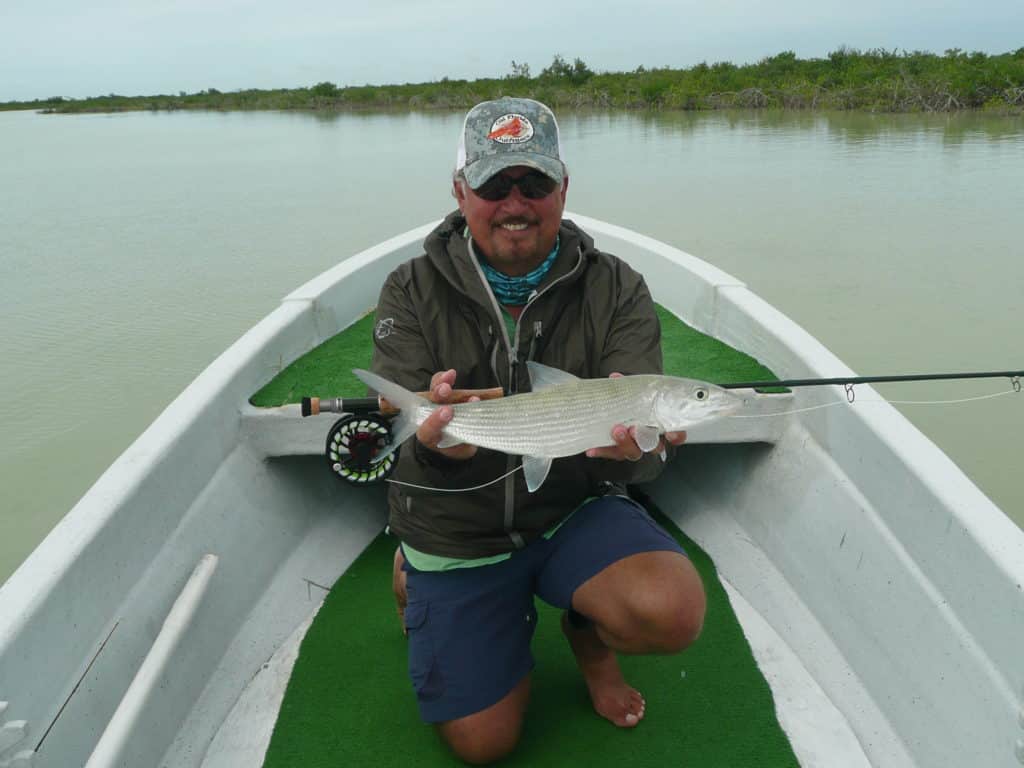
The 9-weight has a place on the bonefish flats, too, especially when big fish are cruising in over 2 feet of water on the drop-offs of the skinny stuff (as those wary, double-digit South Florida fish tend to do). In that scenario, larger, well-weighted patterns on No. 1 hooks are the call of the day, and a 9 handles those better than an 8-weight.
Fly fishers dedicated to chasing permit consider a 9-weight the lighter of two weapons, the other being a 10-weight, which you break out when it’s windy and you are chucking the heavier crab patterns that must sink super-fast. But when the wind is down, the water surface is flat, and skittish permit are in tailing depths, the 9 is the top choice.
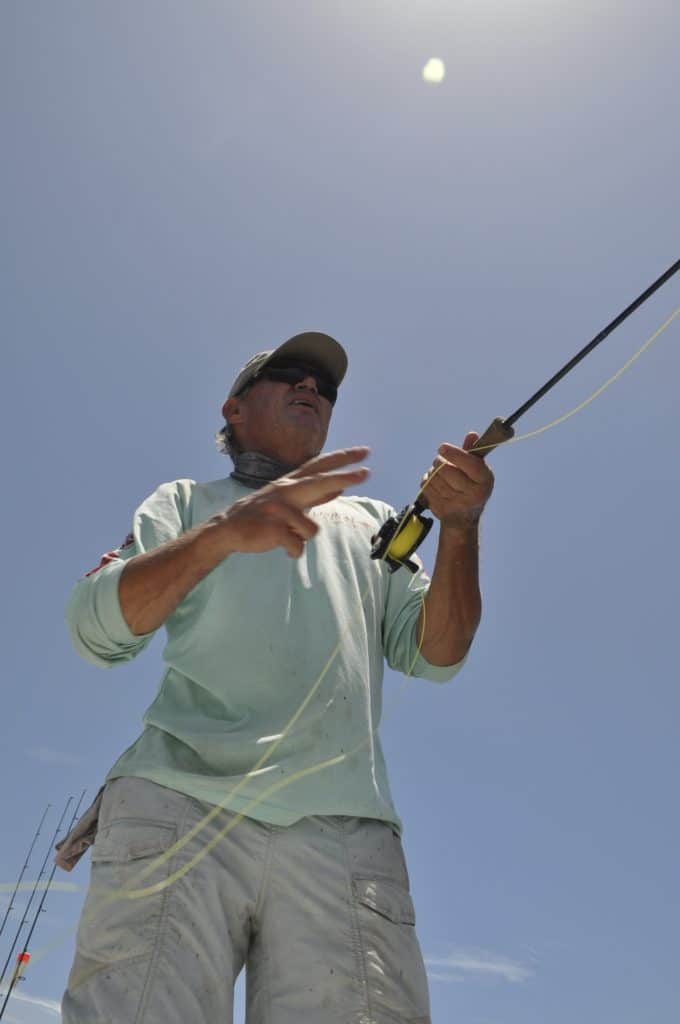
THE 8-WEIGHT
An 8-weight rod gets my nod when my fly presentations require delicacy, as the head of an 8-weight line lands a bit lighter than that of a 9. Some fly-rodders may opt for a 7-weight instead, but, in my opinion, it’s a bigger jump to go down from an 8 to a 7-weight than from a 9 to an 8. That’s why the 8 is my favorite rod for bonefish and redfish on the flats, so long as the wind is not howling, and the flies I’m using are not too heavy.
The 8 is lighter in the hand, but still has ample power to turn over long leaders and flies weighted for the quick sink rate that bonefish react to. Most 8-weight lines have long enough front tapers to make delicate presentations to nervous tailing bones, and can handle just about any fly you’ll want to fish.
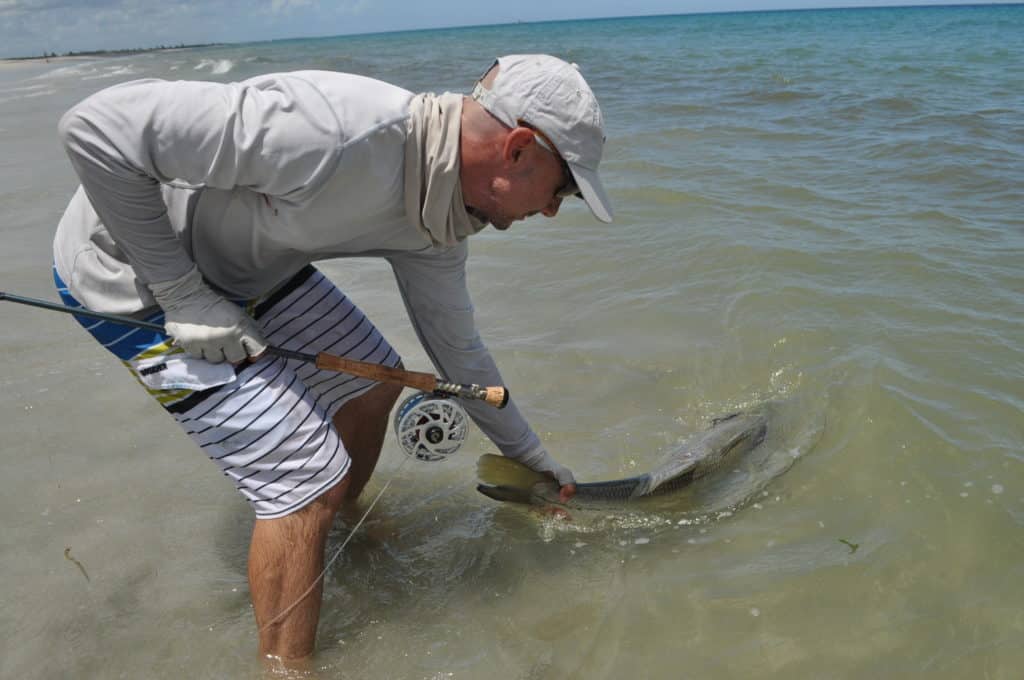
When pompano invade my home waters, my 8 — rigged with a clear intermediate line — is my go-to outfit. It can cast lead-eyed patterns without a hitch. Unless I’m sight casting at the fish, I cast 30 times or more every hour, and it’s much less taxing to do it with an 8 than a 9.
Dock-light fishing, where I live, normally involves accurate, medium-distance casts to small to medium-size snook and seatrout. An 8 serves well in this situation. I should mention that a slightly shorter 8 (I have two that are sub-9-footers) has better fighting leverage to muscle snook away from a dock. I never over-line my 8-weight by a line size, like I sometimes do with a 9-weight) because it makes more sense to just grab the 9-weight rod.
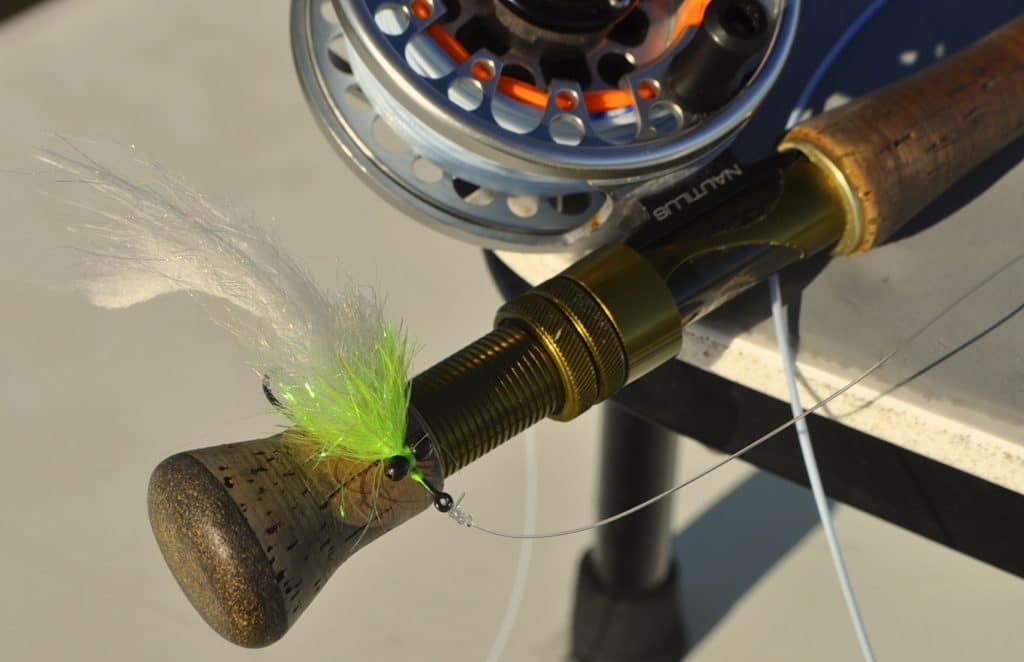
PROVEN VERSATILITY
Manufacturer reps, shop owners and fly guides concur that rod-buying trends in the Florida market show a definite strong following for both 8- and 9-weight rods.
Bruce Holt at G. Loomis did not hesitate when asked about rod versatility and popularity. “From personal experience, when I fish in salt water, whether in the Northeast states or in Florida, it seems that wind is always in the equation,” said Holt. I grab a 9-weight rod almost every time out. And as far as our company’s sales go, 9- and 8-weight rods are at the top.”
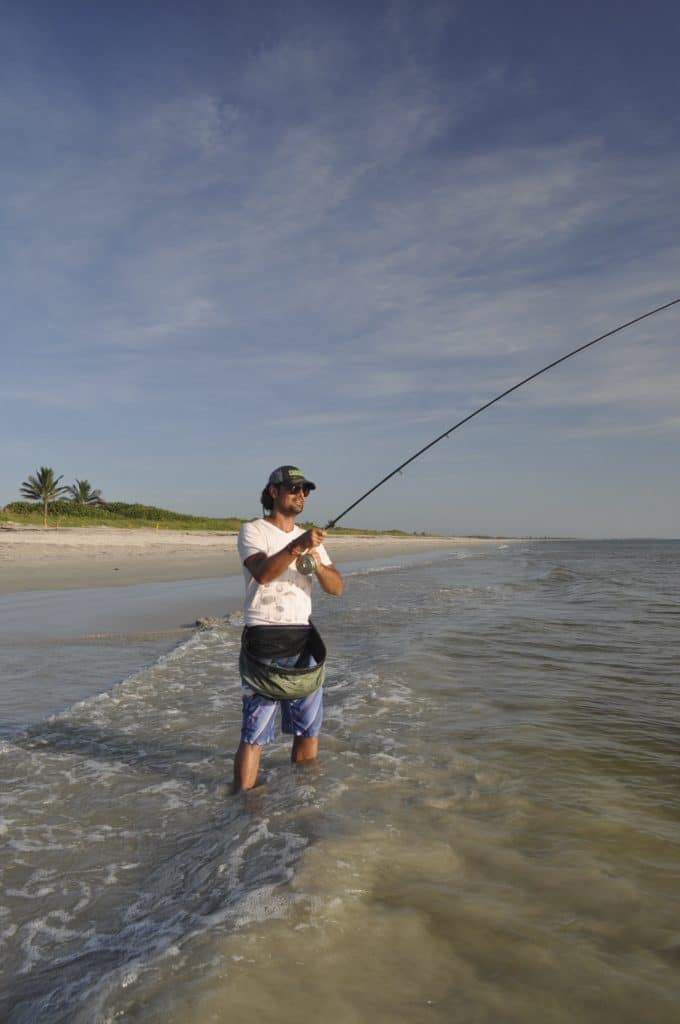
The Orvis Company’s sales rep Robert Bryant claims that 9-weights and 8-weights seem to swap leadership status in sales from time to time, but the 9 is a top seller in Florida, with 8s and 10s coming in a close second and third. “I think many fly fishers like the 8-weight rod, but find that they are better off moving to a 9 when the wind is blowing or bigger flies are called for,” said Bryant.
Raz Reid, sales rep for Sage Rods claims in Florida the company sells more 9-weight rods than any other weight. According to Reid, 8-weights were king for a time, but 9-weights have gained ground. “I think it has a lot to do with the lightness of the latest generation of rods overall,” said Reid. “A 9 no longer feels cumbersome to fly fishers who used to fish 8s and 7s in the salt.”

